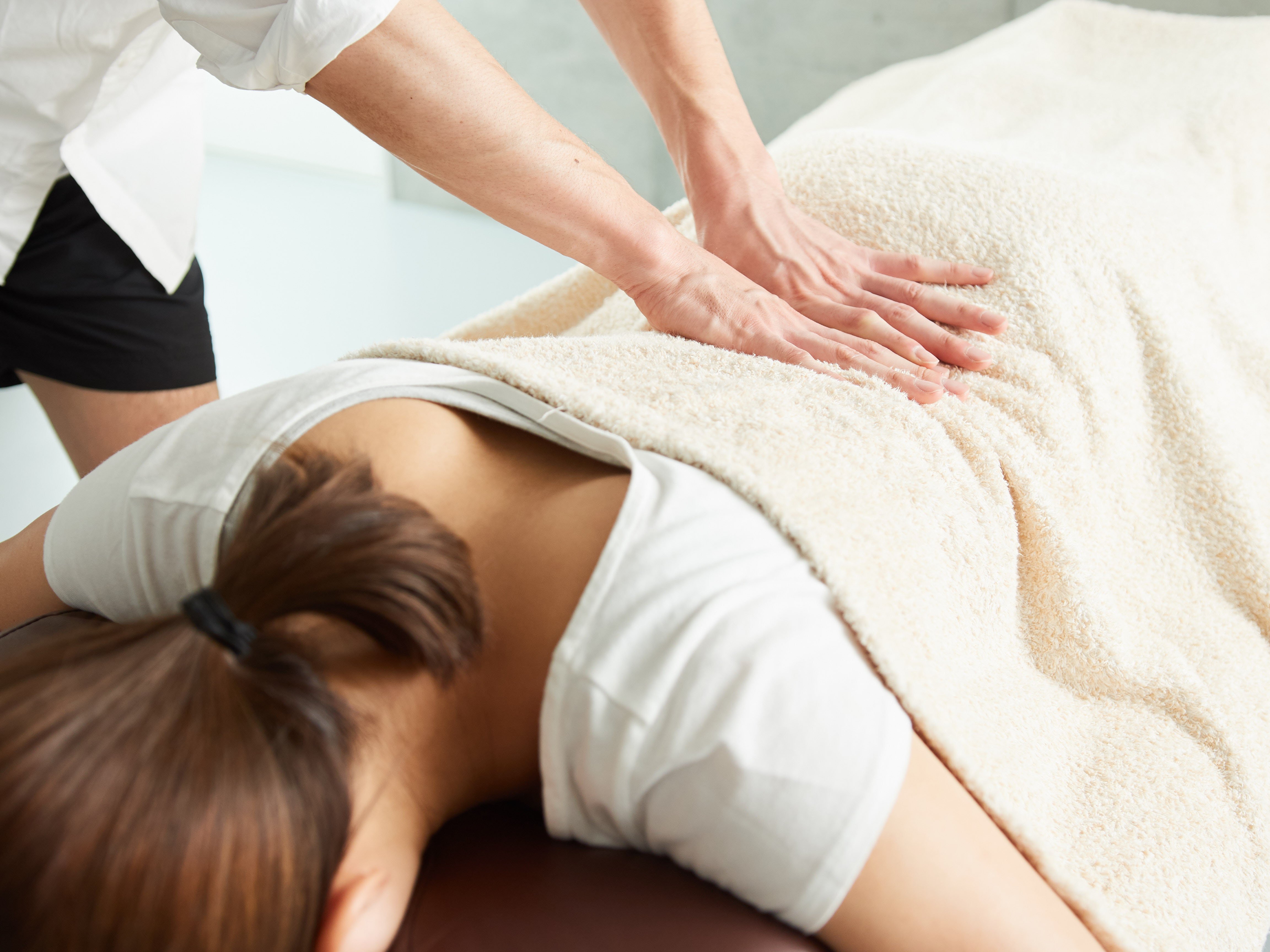
Traditional Chinese medicine (TCM) has been practiced for thousands of years, and one of its most well-known healing techniques is Chinese massage. Unlike Western massage therapies, which primarily focus on relaxation, Chinese massage is rooted in the principles of qi, or energy flow, and the balance of energies in the body. It is designed not only to relieve muscle tension but also to enhance circulation, correct imbalances, and stimulate the body's natural healing processes. A Chinese massage session is often a deeply therapeutic experience that goes beyond simply kneading muscles. It combines acupressure, stretching, and manipulation techniques to plausibly unblock energy pathways and relieve pain. Whether you're seeking relief from chronic tension, looking to improve flexibility, or wanting to understand the benefits of traditional healing methods, a Chinese massage can be a transformative experience. However, if it's your first time, you may wonder what to expect. Unlike a typical spa massage, a Chinese massage can feel more intense, as practitioners work on specific pressure points to restore balance and improve overall well-being.
Chinese massage comes in several forms. These techniques are often combined with additional therapies like cupping for enhanced benefits. Regardless of the method used, the goal remains the same: to bring harmony to the body and mind. If you're interested in exploring this ancient healing practice, read on to learn about its different styles, what happens during a session, and how to prepare for your appointment.
Types of Chinese Massages
Tui Na, meaning "push and grasp," is a deep tissue massage technique that involves kneading, rolling, pressing, and stretching to relieve tension and improve circulation. It is often used to address musculoskeletal issues, joint pain, and stress-related conditions. Tui Na can feel more intense than a Western massage, but it may be highly effective for releasing chronic stiffness and promoting long-term healing.
Zhi Ya is another type that focuses on acupressure techniques, using pinching, tapping, and pressing on key energy points to restore balance. It can be particularly effective for treating headaches, fatigue, and tension. Unlike Tui Na, which involves broad muscle work, Zhi Ya precisely targets specific areas of discomfort.
Additional Techniques
- Gua Sha: A scraping technique that improves circulation and releases toxins
- Cupping Therapy: Uses heated cups to create suction that relieves muscle tightness and improves blood flow
What to Expect During a Chinese Massage
Before the Massage
- Consultation: Your therapist may ask about your health history and specific concerns before beginning.
- Clothing: Some treatments require you to wear loose-fitting clothing, while others involve direct contact with the skin. Unlike Western massages, oils are rarely used.
During the Massage
- Firm Pressure: Expect strong and vigorous techniques that may feel intense but that are designed to relieve deep tension.
- Acupressure Focus: The therapist will work on key energy points to restore balance.
- Stretching and Joint Manipulation: In Tui Na, your therapist may incorporate joint rotations and passive stretching for mobility.
After the Massage
- Feeling Energized or Sore: Some people feel rejuvenated, while others may experience temporary soreness, especially after deep tissue work.
- Avoid Heavy Meals and Alcohol: Give your body time to process the therapeutic effects of the treatment.
Key Benefits of Chinese Massage
There are several reported benefits of Chinese massage. You may experience some of the following after one or several sessions:
- Pain Relief: Effective for chronic pain, muscle stiffness, and joint discomfort
- Improved Circulation: Stimulates blood flow, which oxygenates tissues and supports healing
- Stress Reduction: Releases tension and promotes emotional balance
- Better Sleep: Experiencing improved sleep quality after regular treatments
- Enhanced Flexibility: Stretching and deep tissue techniques to improve mobility
Chinese massage is more than just relaxation — it's a therapeutic practice rooted in centuries-old wisdom. Whether you choose Tui Na, Zhi Ya, Gua Sha, or cupping, you can experience a unique approach to healing and well-being. If you're looking for a natural way to relieve tension, improve circulation, and restore balance, consider trying Chinese massage and enjoy some of the holistic health benefits.

